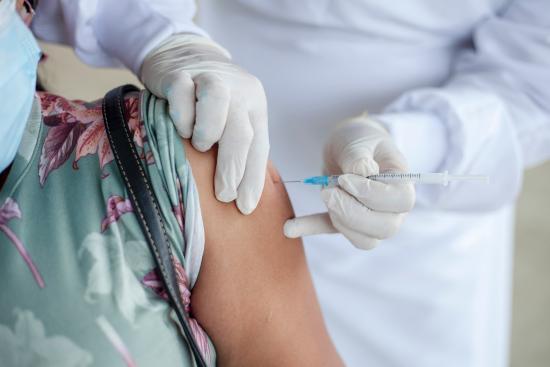How to Protect Yourself from Cervical Cancer
Cervical cancer may be the fourth most common type of cancer for women worldwide, but luckily it is amongst the most preventable types of cancers. This particular type of cancer is so common because of its association with a very common sexually transmitted infection: the human papillomavirus (HPV). HPV is found in 99% of cervical cancer diagnoses. With this knowledge, and understanding that cervical cancer is a slow progressing disease, there have been many advancements in preventing HPV infections and monitoring for potentially cancerous cells. As January is National Cervical Cancer Awareness Month, it is important to be familiar with how best to protect oneself from HPV and cervical cancer.
HPV Vaccine
HPV is so common that an estimated 79 million Americans have the virus at any given time. Because HPV is transmitted through genital contact, condoms can be an effective measure in protecting oneself. However, the HPV vaccine has been found to be a more effective protection from the virus. It is recommended that individuals obtain the vaccination before they are sexually active. The CDC suggests that the immune response to the vaccine is strongest during the preteen years around age 11 or 12. It is also recommended for both boys and girls, though cervical cancer would only develop in women.
The vaccine remains an option for unvaccinated adults. Though it is not recommended for people over the age of 26, some doctors may recommend the vaccine at an older age. Most people over the age of 26 are likely to have already been exposed to HPV, making the vaccine less effective. It is also important to understand that the vaccine only prevents against future exposure to HPV and does not treat existing viruses.
Cervical Cancer Screening Options
Like many diseases, identifying cervical cancer early yields the best chance to cure the disease. Symptoms of cervical cancer are likely to be written off or ignored. These symptoms include irregular bleeding or urination and pain unrelated to one’s menstrual cycle. Symptoms may not even show up early in the development of cervical cancer. For these reasons, regular screening for cervical cancer is extremely important.
There are several options for cervical cancer screening. The first is the well-known Pap test. The Pap test takes cells from the cervix and tests them to determine whether or not they are cancerous. This screening method is recommended from age 21 and should be repeated every 3 years if results are normal. For people over the age of 30, they may choose to do an HPV test instead. The HPV test doesn’t test for cancer cells but instead searches for the presence of HPV. This test is recommended for women once every five years. Some women may choose to have both a Pap test and an HPV test. Doctors suggest that those having both the HPV and Pap test schedule an appointment every five years assuming results are normal.
Why is cervical cancer still common?
With vaccines and great screening options available, it can be surprising to learn that cervical cancer still claims approximately 270,000 lives worldwide each year.























